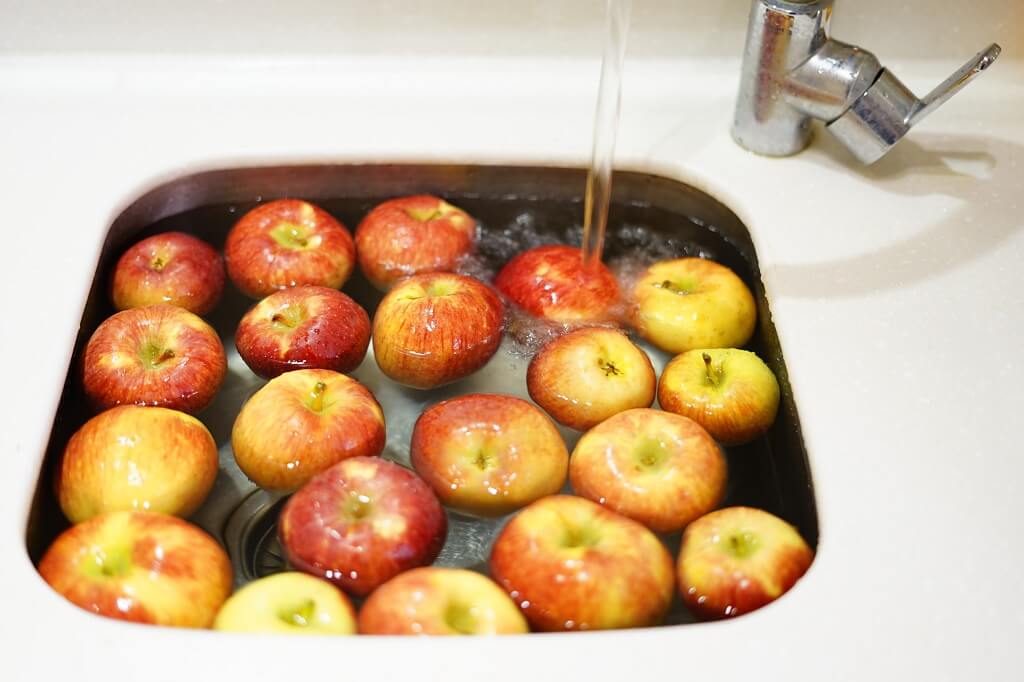Water is utilized in almost every dish and beverage that you prepare at home. As a result, the quality of your home’s tap water may have a direct influence on a wide range of items you create in the kitchen every day. Today, we’ll discuss the consequences of cooking with unfiltered tap water and why filtering your home’s water may result in safer and tastier dishes and beverages!
How Does Cooking with Unfiltered Tap Water Affect Your Health?
Consider all of the ways in which you utilize tap water in your cooking on a regular basis: We wash our vegetables in tap water, use water as a basis for soups, stocks, and sauces, boil pasta in water. Water is the primary component in the majority of beverages!
If your tap water is unfiltered, pollutants will most likely be transmitted to the food and beverages you prepare at home. Even if these pollutants appear at lesser quantities in food, they nevertheless contribute to our daily dosages of those contaminants, amplifying their health consequences.
Furthermore, if you buy organic food, unfiltered tap water might introduce some of the same pollutants that you are attempting to avoid in the first place, like residue of pesticides and herbicides.
Some of the pollutants present in unfiltered tap water that might harm the health of your organic food are as follows:
Synthetic fertilizers and insecticides might be found in trace amounts.
Other compounds, such as those derived from medicinal medicines.
Cryptosporidium, PFCs, and THMs are all potential health hazards that organic product is intended to prevent.

How Does Cooking with Unfiltered Tap Water Affect the Taste of Food?
The flavor of your dishes and beverages is one of the most apparent impacts of cooking with unfiltered tap water. There are several common water pollutants that cause an unpleasant taste, including:
- Chlorine
- Iron
- Copper
- Algae
- Sulfur
- Total dissolved solids (TDS)
If your water includes any of these pollutants, it can alter the flavor of a wide range of foods and beverages you prepare at home, including coffee, iced tea, hot chocolate, soups, stocks, sauces, ice cubes, smoothies, and shakes.
Filter your tap water for safer and tastier home cooking.
Filtering your home’s water can have two beneficial effects on your cooking. For starters, it will limit your exposure to water pollutants that might harm your health, both in the water you drink and in the water with which you use to cook. Second, eliminating pollutants from your water will improve the taste of your food and beverages since they will not impart the odd flavors that the contaminants described above do.
Which High Quality Water Filter Should I Choose?
Waterdrop Faucet Water Filter
Waterdrop is a well-known brand of professional water filtration. NSF International evaluated and certified the ACF Faucet Filtration System under NSF/ANSI standard 42 for chlorine, taste, and odor reduction, as well as NSF/ANSI 372 for lead-free material.
The Waterdrop ACF Faucet Filtration System includes six stages of filtration to efficiently eliminate lead, fluoride, and chlorine in tap water. Activated carbon fiber, in particular, can remove 93 percent of chlorine, taste and odor, and a variety of other pollutants.
The design of a simple switch between quality filtered water and normal tap water helps to extend the service life of the filter. Furthermore, the filtered water faucet uses leak-proof technology and can be simply mounted to your faucet with the provided adapters.
SJ WAVE Water Faucet Filter System
Faucet water filter Filters pollutants like lead, chlorine, benzene, and asbestos while keeping natural minerals and features – giving you clean, fresh drinking water. The activated carbon filter lowers pollutants and eliminates taste and odor; the post-filtration layer removes sand, rust, suspended solids, and other small particles – providing increased protection and safety. 320-gallon capacity; Faucet Mount Water Filters may be used for 3 to 6 months depending on local water quality – no need to buy bottles of water, water filter for faucet saves you money, decreases the use of plastic, and offers clean water quickly.
CULLIGAN US-3UF Ultra Filtration Under Sink Water
Premium water without reverse osmosis – no tank, waste, or waiting!
Improved purity and flavor: decreases sediment, chlorine taste and odor, microbial cysts, lead, chemicals, bacteriostatic and viral contamination.
Included are a leak sensor with an alert and a filter life indicator.
With its locking grip, the 3-in-1 cassette type filter ensures safe and secure filter change. The package contains the following items: a system with a built-in bracket, a US-3-R filter cartridge, and a faucet.
